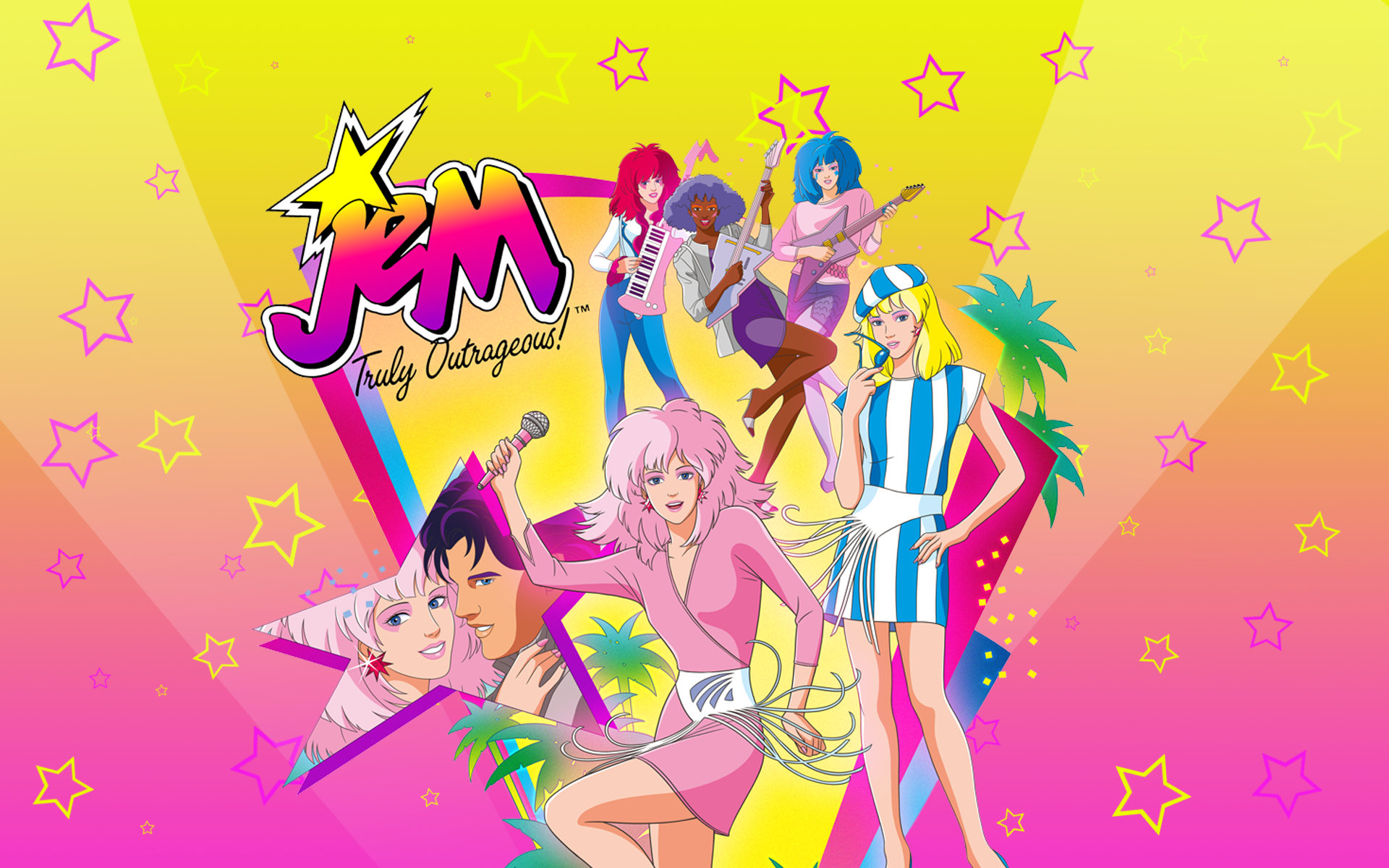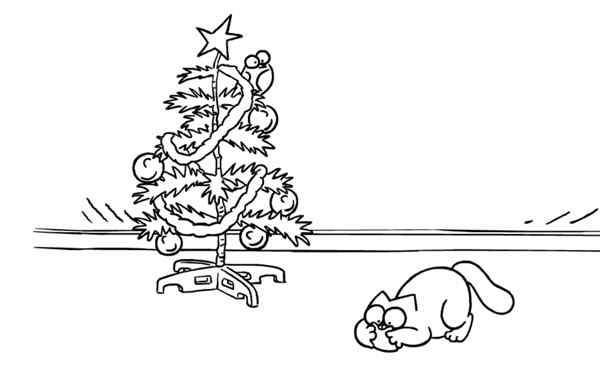Review: Disney’s ‘Beauty And The Beast’ Gets Lost In Translation

The Box Office:
Walt Disney’s Beauty and the Beast hits theaters in North America (and elsewhere) on March 17, 2017. More
03/07/2017 by PeekYou Team
Author: Scott Mendelson / Source: Forbes

The Box Office:
Walt Disney’s Beauty and the Beast hits theaters in North America (and elsewhere) on March 17, 2017. More
02/01/2017 by PeekYou Team
Author: Jon Blistein / Source: Rolling Stone
Neil Young dispatched an affecting and beautifully animated lyric video for his Peace Trail song, “My Pledge.”
The clip opens on a pile of old letters and notices that are cleared to make room for a piece of lined paper that begins to fill with Young’s words, which he both speaks and sings with thick Auto-Tune throughout “My Pledge.” The initial letter is folded into a paper boat and sent across a sea of stamps, after which Young’s vivid lyrics and the images and people they evoke – including…
12/29/2016 by PeekYou Team
Author: Stephen Price / Source: STASH

Most often fueled by passion rather than proper budgets, music videos are the wild west of media genres – a place where passion and promise more than compensate for a director’s lack of experience or connections, or both. Have a look at the nine most intriguing examples Stash published this year. More
12/21/2016 by PeekYou Team
Source: Rolling Stone
In Stevie Wonder‘s joyous “Faith” video, the singer’s soulful music helps the characters from Sing go from living in black-and-white to color. Guest vocalist Ariana Grande struts down the sidewalk, followed by the animated cast including punk rock porcupine, Ash, bashful elephant, Meena and sax-wielding mouse, Mike. Wonder belts behind a grand piano, joined by Grande and the…
12/12/2016 by PeekYou Team
Author: Daniel Kreps / Source: Rolling Stone

Elton John has teamed with YouTube to give creative talent from around the world the opportunity to craft official videos for three of his most iconic songs: “Bennie and the Jets,” “Rocket Man” and “Tiny Dancer.”
To celebrate the 50th anniversary of John and Bernie Taupin’s partnership, the singer launched “Elton John: The Cut” to give a visual accompaniment to those three classic singles released before the music video era.
Each song seeks submissions for a specific genre of filmmaking: “Rocket Man”…
11/28/2016 by PeekYou Team
Author: Brent Lang / Source: Variety

The box office success of “Moana” confirms Disney’s status atop the pecking order of major studios.
It owes its apex predator status to the way it has deftly bolstered and built on the power of its suite of cinematic brands, as well as its ability to create stories featuring diverse protagonists that reflect the changing face of the moviegoing public.
“Moana” is the latest Disney film to be based on a strong female protagonist. Though the studio has long featured women in lead roles dating as far back as 1937’s “Snow White,” and has minted money from its “Princess Collection” of consumer products, its female characters have adopted a more assertive and empowered stance over the past few decades. Whereas earlier Disney heroines waited around for their prince to come and save the day, Moana takes it upon herself to embark on a perilous oceanic voyage in order to lift her island home from a curse. It’s the kind of adventuring that would have been left for the guys in Disney films of yore.
In another feminist twist, “Moana” is one of the first animated films not to feature a love story. Her journey is about finding herself, not landing a husband.

Nor is “Moana” alone in its progressive nature. “Frozen,” “Zootopia,” and “Brave” are just a few of the recent animated offerings to have focused on women and girls who are assertive, emancipated, and the equal to any man. Moreover, “Moana” is populated by Pacific Islanders, a far more diverse set of people than the ones who pop up in the lily white worlds of the original “Cinderella” or “Beauty and the Beast.”
“We’ve had a series of films with empowered women doing amazing things,” said Dave Hollis, Disney’s distribution chief. “There’s something in that that’s sticky and resonates with a broader audience. It’s fresh and different, but there’s still something familiar and relatable to the movies we’re making.”
It also comes at a time when the consumer base is diversifying. Studies show that black and Hispanic moviegoers over-sample as a portion of the population and the film-going audience remains majority female. Moreover, the movie business is increasingly a global one, with more than 70% of revenues for most major Hollywood blockbusters…
11/27/2016 by PeekYou Team
Author: Evan Slead / Source: Entertainment Weekly’s EW.com

The domestic box office crossed the $10 billion Friday, the fastest it has ever hit the milestone — all thanks in large part to the fantasy and animation genres. The 2016 record beats the previous one set in 2013, which reached the high mark on Dec. 7.
The National Association of Theatre Owners reported the landmark total upon the Thanksgiving weekend release of Disney’s latest animated film Moana, which earned an estimated $47 million domestically over its first three days of release this week. The Harry Potter spin-off Fantastic Beasts and Where to Find Them, earned $74 million in its opening weekend, adding another $56 million this week.
Both…
11/24/2016 by PeekYou Team
Author: Marc Snetiker / Source: Entertainment Weekly’s EW.com

It’s Oct. 20, one month ahead of the Nov. 23 theatrical release of , the newest feature film — and first done in CGI — for the directing duo of Clements and Musker, whom many consider responsible for kicking off the fabled ‘90s Disney animation renaissance. Though the pair’s first feature together as co-directors was 1986’s The Great Mouse Detective, it’s their second film, 1989’s The Little Mermaid, that’s widely credited with spurring Walt Disney Animation Studios (then named Walt Disney Feature Animation) back into a creative resurgence that would last a decade and beget some of the most cherished animated films of all time.
Clements, the quieter and more introspective of the two, first met Musker as animators on 1981’s The Fox and the Hound; they’ve since crafted entire careers on the power of captivation, as it pertains to the passage of audiences into worlds that ring texturally familiar (jazzy New Orleans, rainy London, ancient Greece) and fantastically outrageous (an undersea kingdom, a cosmic archipelago). Even as they prepare for audiences to meet the ocean-skimming, princess trope-bucking heroine of Moana, the pair has never stopped blazing creative trails, especially as they’ve seen Disney evolve over the decades. They’ve weathered high-profile corporate shake-ups involving names like Eisner, Katzenberg, and Lasseter; stomached the critical dips in the studio’s appeal to mass audiences during separate rocky receptions of animation in the ‘80s and early 2000s; and most significantly, they’ve survived the disruptive technical changes in the animation art form itself, innovations which compounded at such an alarming rate that it’s a wonder they’ve even managed to adapt at all, let alone continue being considered masters of the craft.
The thing to know about Ron and John is this: They love everything about animation — Clements calls it “a big magic trick,” and Musker agrees — and though you may have never known it from the success of most of their films, they’ve devoted their lives to an endless battle to keep Walt Disney’s favorite medium afloat.

“There have been at least two periods since I’ve been at Disney, which will have been 43 years in January, where animation almost went away,” says Clements. “In the ‘80s, this corporate raider Saul Steinberg tried to buy Disney and would have dismantled it and destroyed the company. After that, even when Michael Eisner and Jeffrey Katzenberg came, there was a question of, what are we going to do with this? The Black Cauldron was expensive and didn’t do well, and The Care Bears Movie was very, very inexpensive but did do well, so there was a real crisis period where you were feeling that there might not be a future for this place. And then about 11 years ago, before John [Lasseter] and Ed [Catmull] came, there was another period where the future looked very uncertain for Disney.”
But there was even a crisis of cartoon identity even before Clements started his tenure at Disney. “When Walt died in 1966, there was a group of people that had worked closely with him who were now all getting older, and there was a feeling that they might just kind of phase out animation,” he says. “The only thing that changed that was that the original Jungle Book was a huge success. It’s what made them start thinking, ‘Maybe we should keep this going.’ And that’s when they got a mindset to bring younger people in and train them.”
Musker and Clements were part of that wave. In the ‘70s, Clements (a Hanna-Barbera animator) and Musker (a CalArts graduate) started their Disney careers as character animators, landing the job thanks to the same potent combination of amateur talent and Walt appreciation that has galvanized many of the studio’s employees, decade notwithstanding. Clements’ first feature was 1977’s The Rescuers, which he toiled on as an eager 20-year-old alongside his mentor, Frank Thomas, one of the famed “Nine Old Men” in Walt Disney’s key brain trust of animators during the studio’s early decades. “Frank animated the dwarves in Snow White, and Captain Hook [in Peter Pan], and the spaghetti sequence in Lady and the Tramp,” Clements recalls. “I was 20 when I worked with him; he was 62. We worked together on The Rescuers, and I admired Frank a lot, but I thought 62 was pretty old. And now I’m 63. And 63 is old.”
The late Eric Larson, another of the Nine Old Men and one famous for his training ability, mentored Musker on his first movie, The Fox and the Hound. “Animation is a craft that you learn in a master-apprentice way,” he says. “Eric would literally put a drawing down, put a piece of paper over it, and then put another over that and show you specifically how you could communicate something better. It’s a craft that’s passed on. You couldn’t learn some of it otherwise, without the one-on-one thing with someone who had done it for 20 or 30 years. Their experience guides you. Now, to a certain extent, we’re passing the torch to these other younger people.”

For its many characterizations, Moana is intrinsically interesting for its unique interplay between three generations raised on Disney: Clements and Musker; songwriting team member Lin-Manuel Miranda, recruited for Moana after impressing the pair with his pre-Hamilton musical In the Heights; and 16-year-old actress Auli’i Cravalho, the verdant newcomer plucked from the masses to voice the title character.
“Ron and John directed the movie that’s probably most responsible for me being here, which is The Little Mermaid,” Miranda told EW earlier this year. “That was the beginning of the end — or the beginning of the beginning, depending on how you look at it. We’re here because of them, and Alan Menken and Howard Ashman, and how important and incredible that tradition is to me.” Cravalho added, “You know all the movies they’ve made, you’ve probably watched all of them, so you can imagine how honored I was to have them encouraging me and giving me direction. I was so swept up in it because of them. It just made me love the movie all the more.”
Responding with polite pleasantries, it’s clear that the flattery makes both Clements and Musker go slightly red in the face, perhaps because three decades’ worth of stories of lives changed and destinies altered will make you just a little sheepish whenever you hear it. It’s not to say they necessarily share the impostor syndrome that so many artists do; rather, they’re actually only just getting used to what Clements calls “the experience of working with the kids who saw your movies.”…
05/13/2015 by Matt Q

12/07/2014 by Matt Q
